步骤1:设置字符LCD

这是该项目接线中最棘手的部分。上图显示了LCD的每个连接如何连接到Arduino。使用正/负面包板导轨进行设置要容易得多,但是我没有一个可用的导轨。在我的设置中,我在引脚3和引脚1之间使用了电位计,因为它可以轻松调节背光。但是,这不是必需的,一个10K电阻将代替它工作。
步骤2:连接湿度和温度传感器
设置两个非常简单为此使用了单独的传感器,但是我使用了一个同时读取湿度和温度的传感器。 DHT传感器价格便宜,能够读取温度和湿度。它们有四个引脚,其连接方式如下:
VCC(3V-5V电源)
数据输出
无连接
接地
在VCC和数据线之间也连接一个10K电阻。上方显示一个图。
要使用DHT传感器,您需要下载DHT库。这是Adafruit的一款。为了使用它,请下载DHT.cpp和DHT.h文件,并将它们放在arduino“ libraries”文件夹中的“ DHT”文件夹中。
以下是adafruit的DHT传感器示例代码:
// Example testing sketch for various DHT humidity/temperature sensors
// Written by ladyada, public domain
#include “DHT.h”
#define DHTPIN 2 // what pin we‘re connected to
// Uncomment whatever type you’re using!
//#define DHTTYPE DHT11 // DHT 11
#define DHTTYPE DHT22 // DHT 22 (AM2302)
//#define DHTTYPE DHT21 // DHT 21 (AM2301)
// Connect pin 1 (on the left) of the sensor to +5V
// NOTE: If using a board with 3.3V logic like an Arduino Due connect pin 1
// to 3.3V instead of 5V!
// Connect pin 2 of the sensor to whatever your DHTPIN is
// Connect pin 4 (on the right) of the sensor to GROUND
// Connect a 10K resistor from pin 2 (data) to pin 1 (power) of the sensor
// Initialize DHT sensor for normal 16mhz Arduino
DHT dht(DHTPIN, DHTTYPE);
// NOTE: For working with a faster chip, like an Arduino Due or Teensy, you
// might need to increase the threshold for cycle counts considered a 1 or 0.
// You can do this by passing a 3rd parameter for this threshold. It‘s a bit
// of fiddling to find the right value, but in general the faster the CPU the
// higher the value. The default for a 16mhz AVR is a value of 6. For an
// Arduino Due that runs at 84mhz a value of 30 works.
// Example to initialize DHT sensor for Arduino Due:
//DHT dht(DHTPIN, DHTTYPE, 30);
void setup() {
Serial.begin(9600);
Serial.println(“DHTxx test!”);
dht.begin();
}
void loop() {
// Wait a few seconds between measurements.
delay(2000);
// Reading temperature or humidity takes about 250 milliseconds!
// Sensor readings may also be up to 2 seconds ’old‘ (its a very slow sensor)
float h = dht.readHumidity();
// Read temperature as Celsius
float t = dht.readTemperature();
// Read temperature as Fahrenheit
float f = dht.readTemperature(true);
// Check if any reads failed and exit early (to try again)。
if (isnan(h) || isnan(t) || isnan(f)) {
Serial.println(“Failed to read from DHT sensor!”);
return;
}
// Compute heat index
// Must send in temp in Fahrenheit!
float hi = dht.computeHeatIndex(f, h);
Serial.print(“Humidity: ”);
Serial.print(h);
Serial.print(“ % ”);
Serial.print(“Temperature: ”);
Serial.print(t);
Serial.print(“ *C ”);
Serial.print(f);
Serial.print(“ *F ”);
Serial.print(“Heat index: ”);
Serial.print(hi);
Serial.println(“ *F”);
}
步骤3:测试字符LCD和DHT传感器
上面是对Character LCD和DHT22传感器的测试设置的详细了解。加载到其上的代码会定期显示传感器的湿度和温度读数。我将尽快上传代码。
责任编辑:wv
-
温度传感器
+关注
关注
48文章
2951浏览量
156195 -
Arduino
+关注
关注
188文章
6472浏览量
187355
发布评论请先 登录
相关推荐
半导体湿法刻蚀设备加热器的作用
高压加热器自动旁路保护装置的作用
通过电池供电给TPA3116和风扇,当风扇开始工作,喇叭就有wenwen的噪声,如何解决?
陶瓷ptc加热器的优缺点有哪些

使用细铜线作为集成传感器和加热器进行温度控制
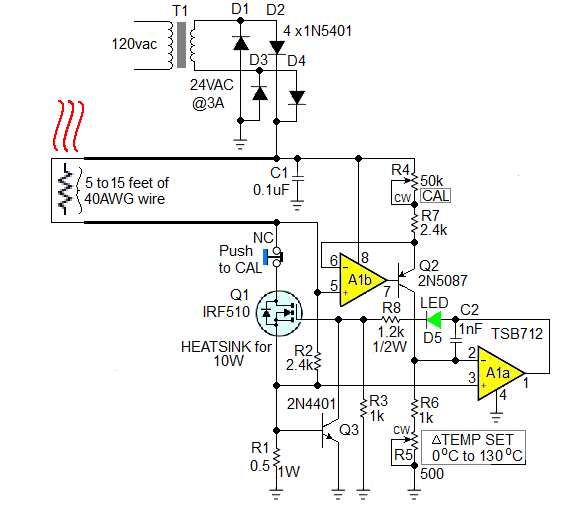




 如何通过使用加热器和风扇调节任何温室的湿度和温度
如何通过使用加热器和风扇调节任何温室的湿度和温度

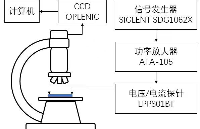
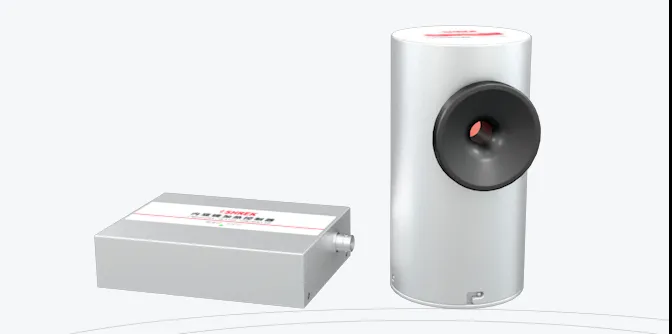
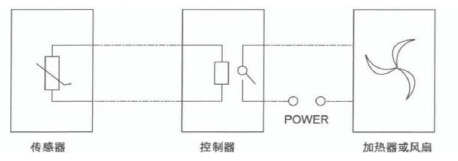
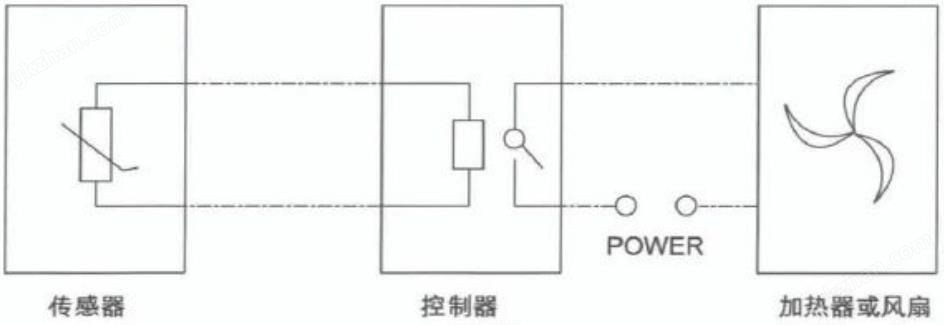

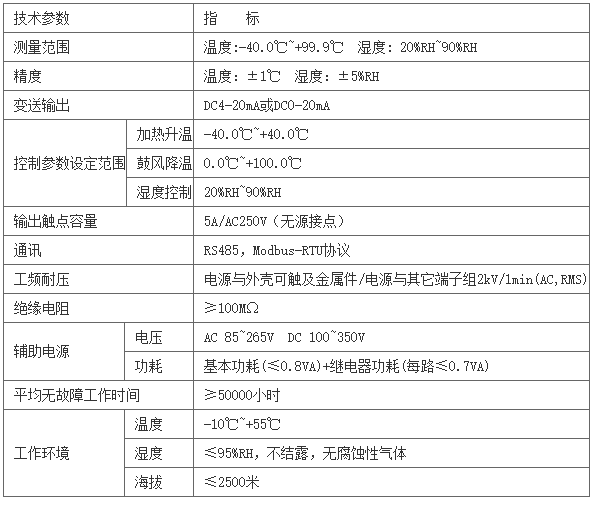
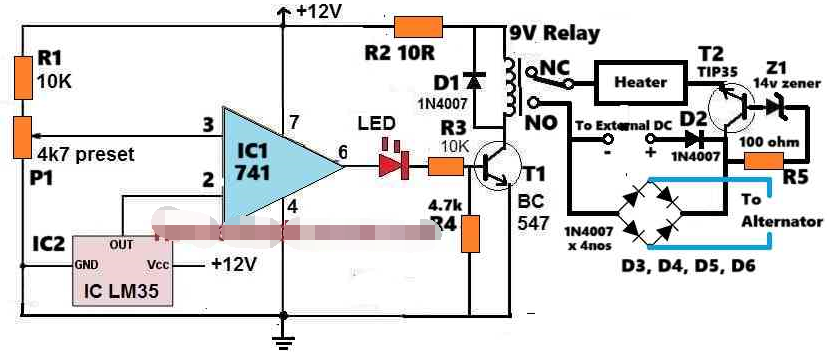










评论